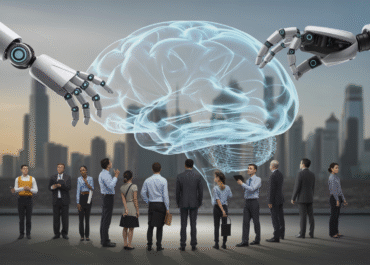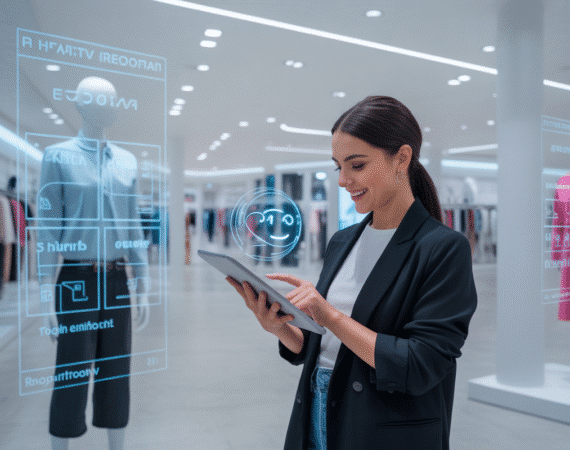Meta Unveils V-JEPA 2: Empowering Robots to Understand and Anticipate Their Environment
In a significant stride towards more intelligent and adaptable autonomous systems, Meta has unveiled V-JEPA 2, an advanced open-source AI model. This latest iteration of their Joint Embedding Predictive Architecture (JEPA) is set to revolutionize robotics by endowing machines with a profound understanding of their physical environment and the foresight to anticipate the consequences of their actions. The goal? To enable robots and AI agents to interact with our complex world in a safer, more efficient, and ultimately more human-like manner.
What is V-JEPA 2 and Why Does It Matter?
At its core, V-JEPA 2 is a non-generative predictive AI model. Unlike generative models that aim to create new data, V-JEPA focuses on learning a rich, abstract representation of the world by predicting missing or masked information. This approach is inspired by how humans learn – we don’t necessarily generate entire missing pieces of a scene, but rather understand the context and predict what should be there.
For robots, this capability is a game-changer. Traditional robotic systems often rely on extensive, labeled datasets or rigid programming for specific tasks. V-JEPA 2, however, can learn from vast amounts of unlabeled video data, enabling it to build an internal, intuitive model of physics and causality. Imagine a robot observing a falling object; instead of just reacting to its current position, V-JEPA 2 allows it to predict its trajectory and potential impact points, leading to more proactive and intelligent responses.
From Observation to Anticipation: The Leap for Robotics
The ability to anticipate is paramount for real-world robotic deployment. Environments are dynamic and unpredictable, making simple, reactive programming insufficient. V-JEPA 2 provides robots with a form of ‘situational awareness’ that extends beyond the immediate moment. This means:
- Enhanced Safety: Robots can predict potential collisions or unsafe situations before they occur, allowing them to adjust their movements or actions proactively. This is critical for human-robot collaboration in shared spaces.
- Improved Efficiency: By understanding the likely outcomes of various actions, robots can plan more optimal and efficient paths, grasp objects more reliably, and execute complex tasks with fewer errors.
- Better Adaptation: The model’s ability to learn from raw, unlabeled data makes robots more adaptable to novel situations and environments without requiring extensive retraining. They can generalize their understanding of physics and object interactions.
This predictive power reduces the need for constant, explicit supervision or complex reward functions often seen in reinforcement learning, making the training process more scalable and less resource-intensive.
The Power of Open Source
Meta’s decision to release V-JEPA 2 as an open-source model is a testament to its commitment to fostering collaborative innovation in the AI community. By making this advanced technology accessible, researchers, developers, and companies worldwide can experiment, build upon, and integrate V-JEPA 2 into their own robotic projects. This open approach accelerates progress, promotes transparency, and ensures that the benefits of this technology can be widely realized, pushing the boundaries of what autonomous systems can achieve.
V-JEPA 2 marks a pivotal moment in the journey towards truly autonomous and intelligent robots. By enabling machines to not just see the world, but to truly understand and anticipate it, Meta is laying the groundwork for a future where robots can seamlessly and safely integrate into our daily lives, performing tasks with unprecedented levels of autonomy and intelligence. This is more than just an AI model; it’s a step towards a future where robots are intuitive partners, not just programmed tools.


